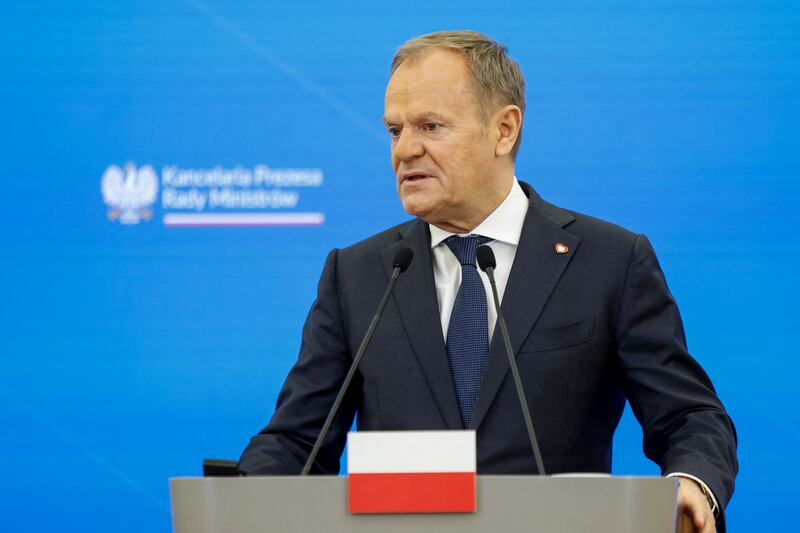Yet another Government strategy to encourage motorists to move to electric vehicles has been announced. The €100 million plan is focused on improving the charging infrastructure, increasing the number of charging points from some 1,700 to between 2,540 and 4,850 within three years.
Its goal is to support the Government’s grand ambition to have one in three private cars as EVs by 2030. This target has been ridiculed by the motor industry and opposition politicians as unrealistic, particularly as the supply of cars – and their affordability to Irish customers – is ultimately down to the global car industry.
Currently supply constraints and rising prices are proving to be major hurdles in increasing EV sales. Yet, while the Government’s EV ambitions for the Irish fleet by 2030 may be unfeasible, Irish car buyers are demonstrating a willingness to make the change from combustion engines.
Provisional new car registration figures show EVs accounting for 15 per cent of all sales so far this month, traditionally the busiest sales period of the year. If you include plug-in hybrid sales, they account for 22.4 per cent of the market, overtaking diesel with its 20.4 per cent share.
Give the public’s growing appetite for EVs, the Government is right to shift its focus onto infrastructure. It’s an area that should have received a lot more attention years ago. Home charging is the best solution for EV infrastructure demands and to overcome concerns over pressure on the electricity grid. Motorists charging at home are likely to do so at off-peak times.
The thornier issue will be providing charging facilities for those living in apartments or with on-street parking. This is where neighbourhood charging stations are required – and where the local authorities play a major role. They need to do far better than they have to date. In 2019 the then minister for the environment Richard Bruton introduced the Public Charge Point Scheme, providing local authorities with a grant to support the development of on-street public chargers.
The scheme aimed to support up to 1,000 on-street public charge points over the following five years. Just four local authorities signed up to the scheme and no charger points have been installed to date under the scheme.
Under the latest strategy’s implementation plan, a good deal of responsibility for delivery falls upon the recently created office of Zero Emission Vehicles Ireland (ZEVI). It is co-ordinating work across the various agencies and departments, but it would seem sensible to work very closely with the car industry as well.
The Government has very ambitious targets for EV sales. It has now set out its stall for public charging infrastructure. It’s high time the focus moved on from creating strategies and setting targets; it’s time to start delivering.




